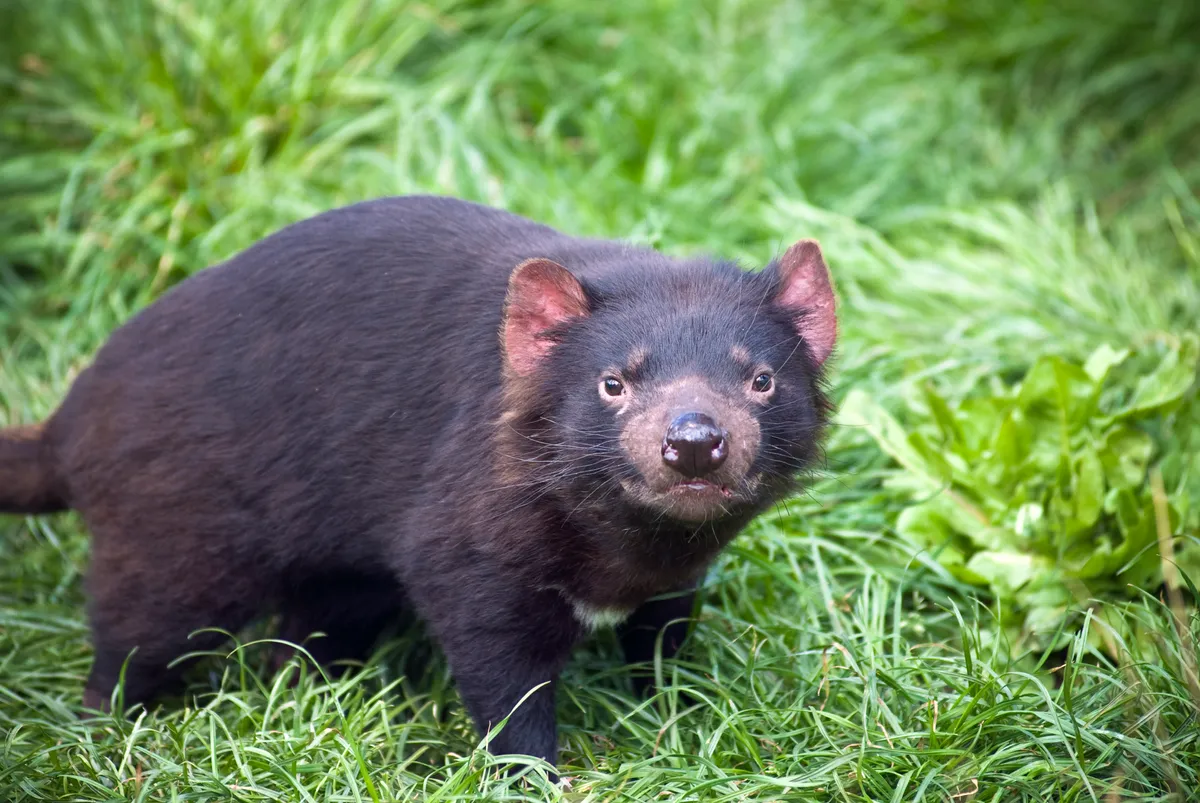In the face of a devastating pandemic, organisation across the globe have continued to do battle for our most precious species and habitats. As we leave 2020 behind and look forward to a more positive year ahead, it’s time to celebrate their successes – from pine martens bouncing back in Wales to pangolin protection in Mozambique.
From reintroduction projects to breeding successes, here is a selection of the best wildlife success stories of 2020 – definitely a reason to be cheerful as we head towards 2021.
The twelve highlighted stories from below form part of our ‘50 reasons to be cheerful’ feature in our January 2021 issue (on sale from Thursday 17 December 2020, buy online here), which also includes an interview with Chris Packham and Megan McCubbin on The Self-Isolating Bird Club and their new book Back to Nature, and a piece by environmentalist and author Natalie Fée.
You can find out more about each project by following the hashtag #WildlifeSuccess on our Facebook, Twitter and Instagram accounts.
A strong year for seals - National Trust
The grey seals at Norfolk’s Blakeney National Nature Reserve have had another strong year. The first pup was spotted there in 1988, and the site has since flourished to become the biggest colony in England.
The number of young has burgeoned from just 25 in 2001 to a whopping 3,399 in 2019, a result of low levels of disturbance and mortality during the first key weeks of life, and lack of natural predators. Autumn 2020 again predicted about 4,000 new arrivals – so many that rangers are having to change the way they count.
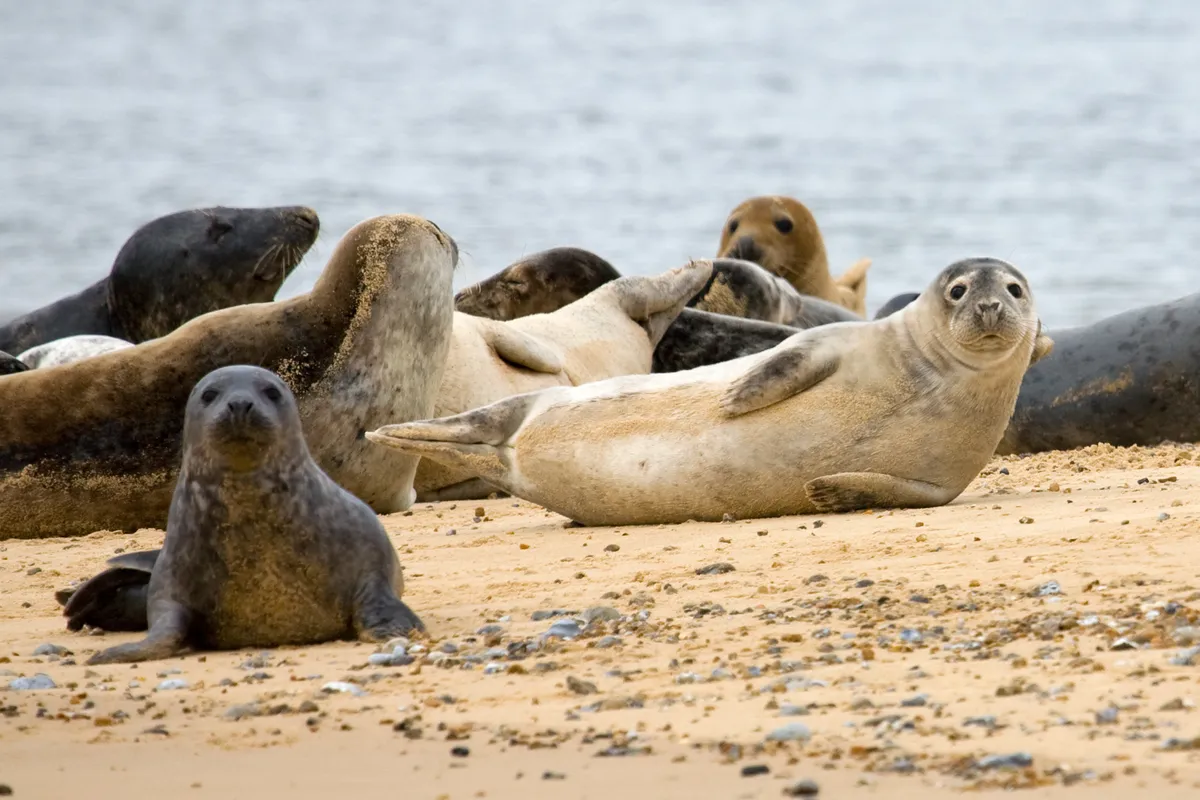
See Countryfile.com's expert seal guide for more species information and advice on how to spot seals without disturbing the colony.
Breeding success for elephants - Save the Elephants and Northern Rangelands Trust
Demand for ivory during the East Africa poaching crisis of 2008–2014 devastated elephant populations, but as pressure from the ivory trade has reduced in Kenya, elephants are starting to repopulate areas from which they had disappeared. In 2020, a female called Koya was GPS- tracked by Save the Elephants (STE) making a remarkable 77km journey with her family, traversing a region once steeped in conflict.
It's the first time a female has been recorded travelling through this part of the country, protected by the Northern Rangelands Trust. “Across Africa, huge expanses of viable elephant range still exist,” says STE's Frank Pope. “Koya’s journey shows that we can work together to provide vital space for these animals to roam the continent again.
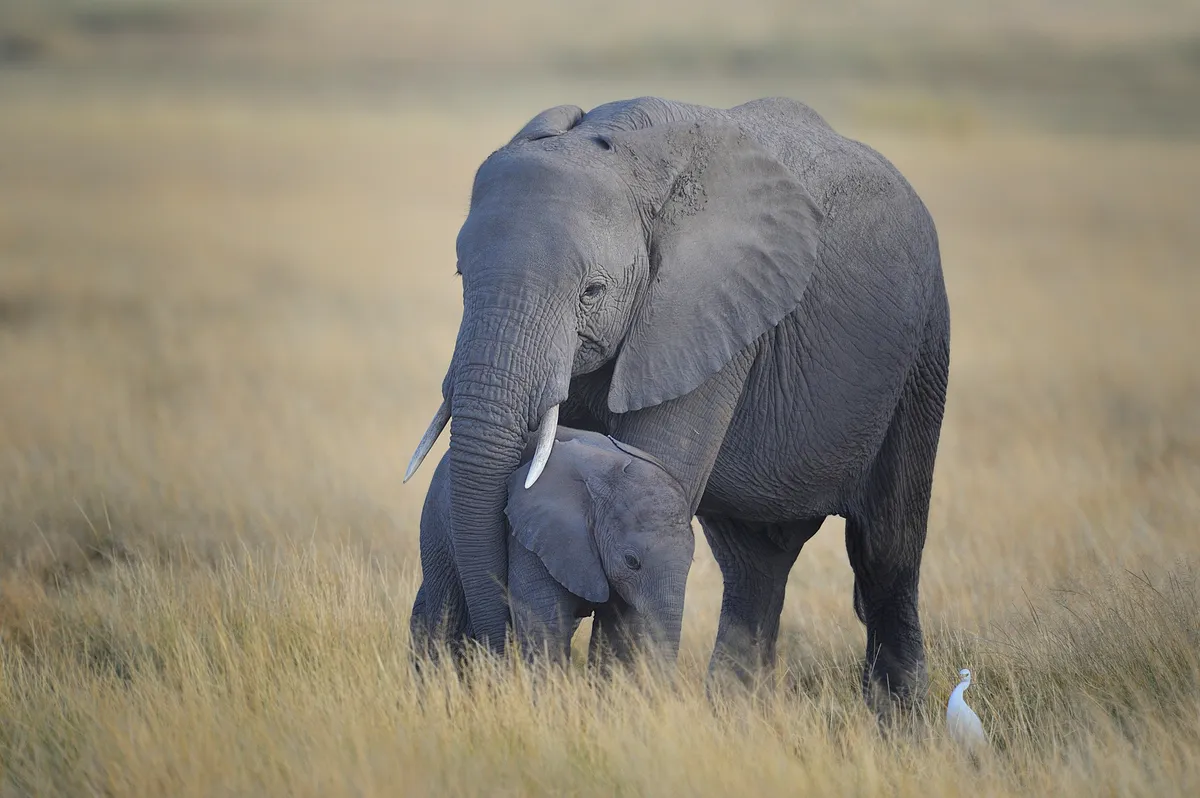
B-Lines UK mapping project – Buglife
It’s not just humans that need highways. In 2020, invertebrate charity Buglife completed a mammoth project – to map a series of interconnecting insect pathways, known as B-Lines, across England, Wales, Northern Ireland and central Scotland. Along these routes, conservationists are now creating stepping stones of wildflower- rich habitat, providing a network of feeding opportunities for bees, butterflies and a host of other wildlife.
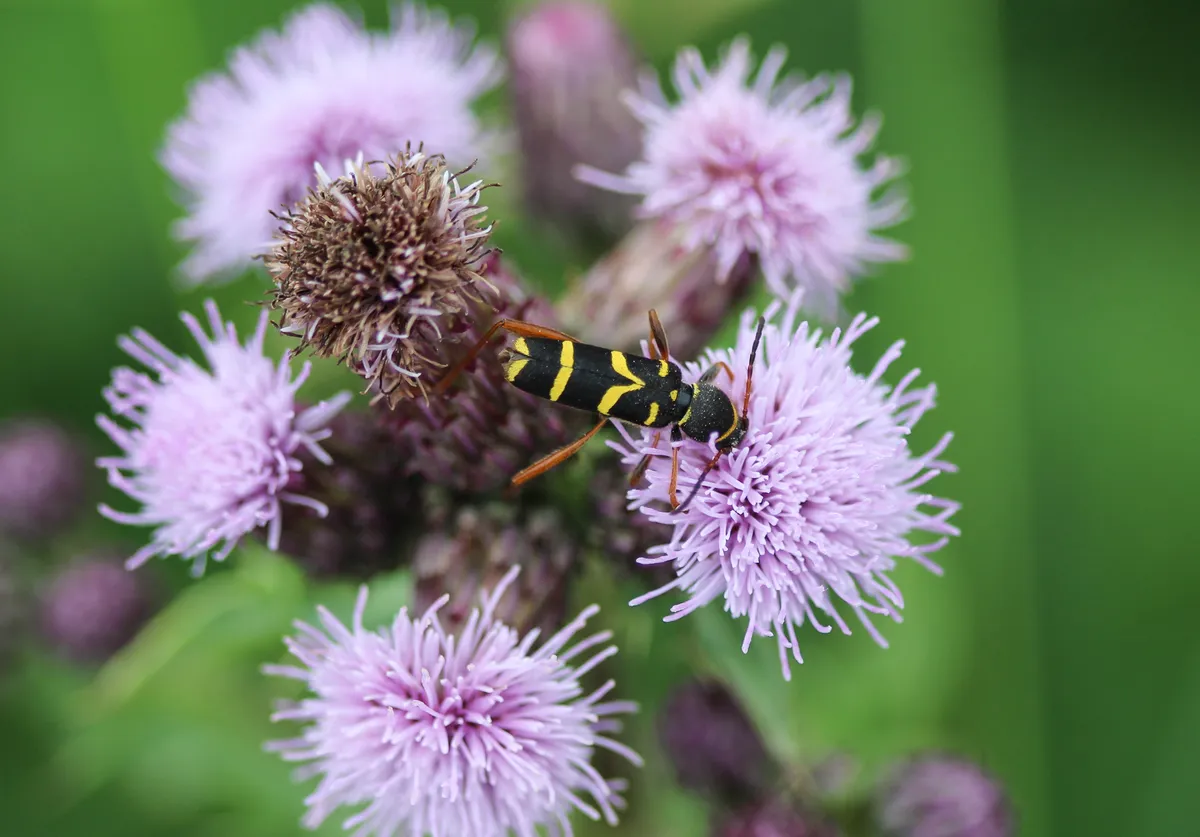
Learn more about helping bees and other pollinators:
Discover more about gardening for a range of wildlife, including how to download our free wildlife gardening digital magazine.
Red and green macaws reintroduction – Argentina Rewilding Foundation
In 2015, the Rewilding Argentina Foundation launched the red-and-green macaw project – an exciting initiative to reintroduce this vibrant and nationally extinct species to Iberá National Park. The bird’s return will not only reinstate an important seed-dispersing service, but also create a valuable ecotourism attraction.
Today, 15 birds are living free in the reserve, and several have paired up to breed. In October 2020, one couple produced three chicks, representing the first wild-born macaws in the country for 150 years. More youngsters are expected, and the population should eventually become self-sustaining. Seven other species are also being reintroduced, including the giant river otter.
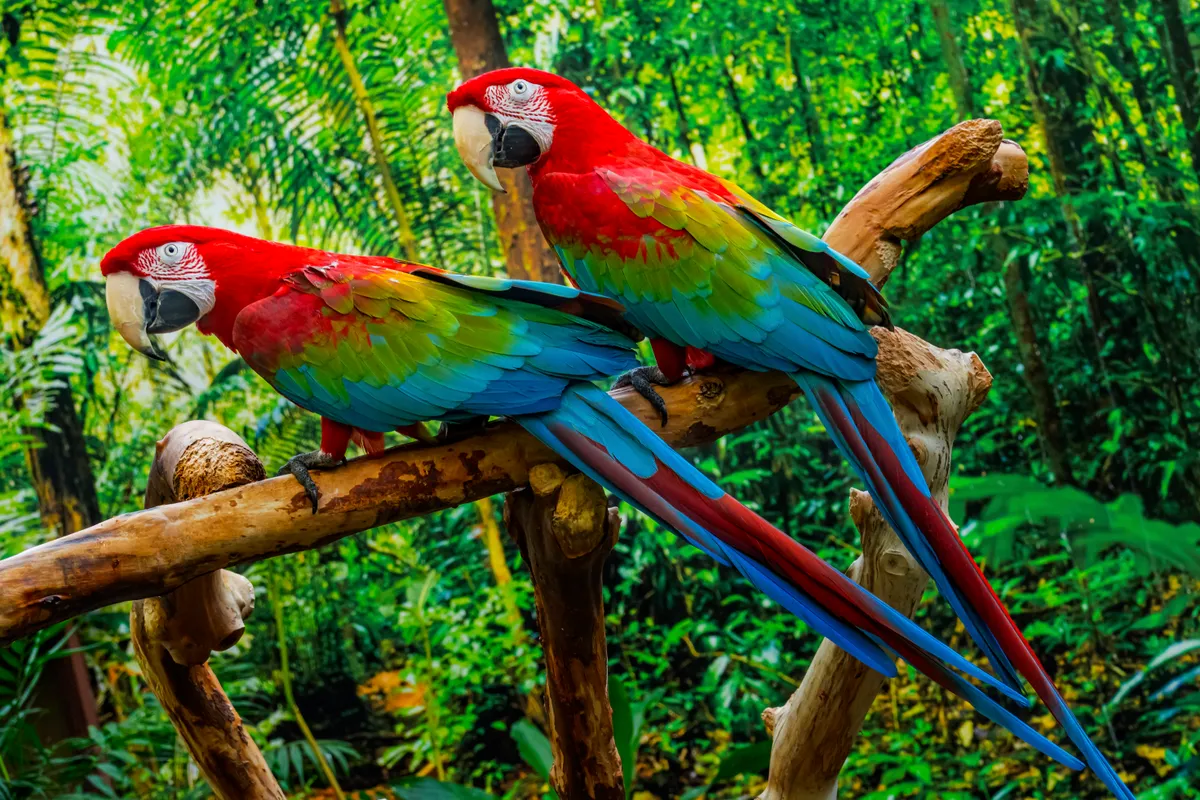
Loa water frog breeding success – Global Wildlife Conservation
One year ago, scientists rescued 14 Loa water frogs from a pool of muddy water in Chile’s Atacama Desert. The frogs were among the last members of their species, in the last vestiges of their habitat, which had all but vanished following extensive water extraction for mining and development.
Fast forward to today and, thanks to a careful breeding programme, nearly 200 tadpoles have hatched at the National Zoo of Chile, heralding a new generation of this Critically Endangered species. The next step is to release the frogs into the wild.
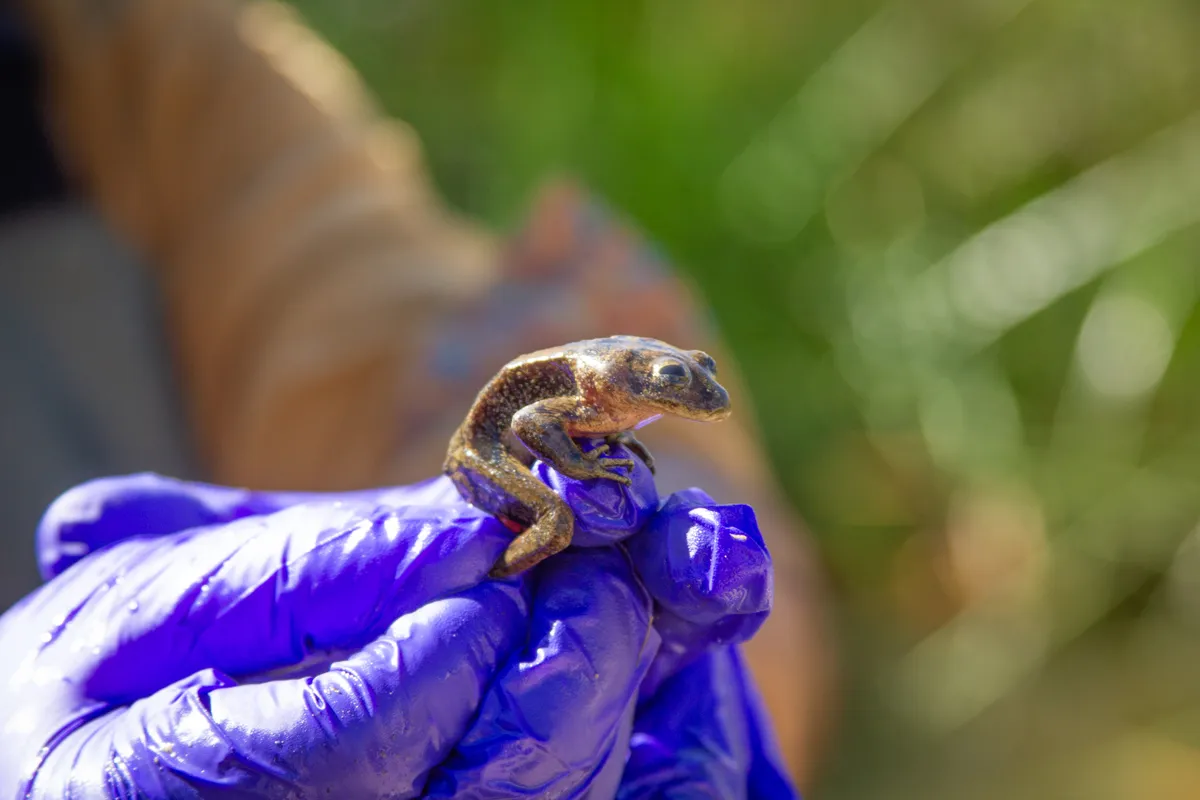
Pine martens relocation, Wales - Vincent Wildlife Trust
Five years ago, the only way to see a pine marten in Great Britain was to go to Scotland. In England and Wales, the double whammy of loss of woodland and historical predator control had left the species perilously close to the exit. In 2015, after 30 years of research, a feasibility study and discussions with the local community, the Vincent Wildlife Trust (VWT) began a landmark project to translocate pine martens to mid-Wales.
“Over three years, 51 martens have been brought to Wales, and our data shows that they are thriving, with successful breeding every year,” says VWT scientist Jenny MacPherson.
Across the border in the Forest of Dean, another reintroduction project is underway, and further projects are considered for southern Britain in the coming years. This native predator plays a vital role in maintaining a healthy woodland ecosystem. Its return is fantastic news.
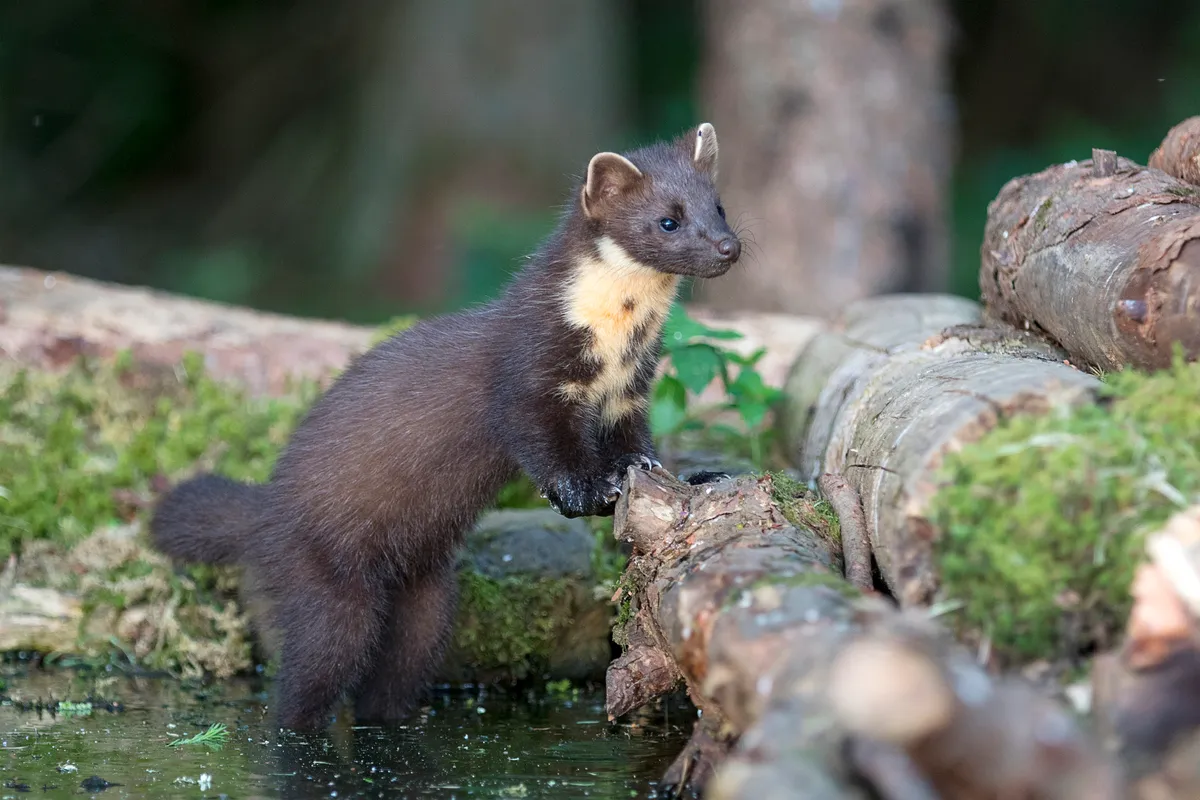
Blue whales return, South Georgia – British Antarctic Survey
Antarctic blue whales – those giants of the sea – appear to be returning to South Georgia. The subspecies was heavily exploited by commercial whalers in the early 1900s, and though hunting blue whales was banned in 1965, with a corresponding recovery across the Southern Ocean in the decades that followed, the leviathans remained rare visitors to this summer feeding ground – until now. A 2020 survey by the British Antarctic Survey recorded 58 sightings off the island, reinforcing other indications that the blues are coming back.
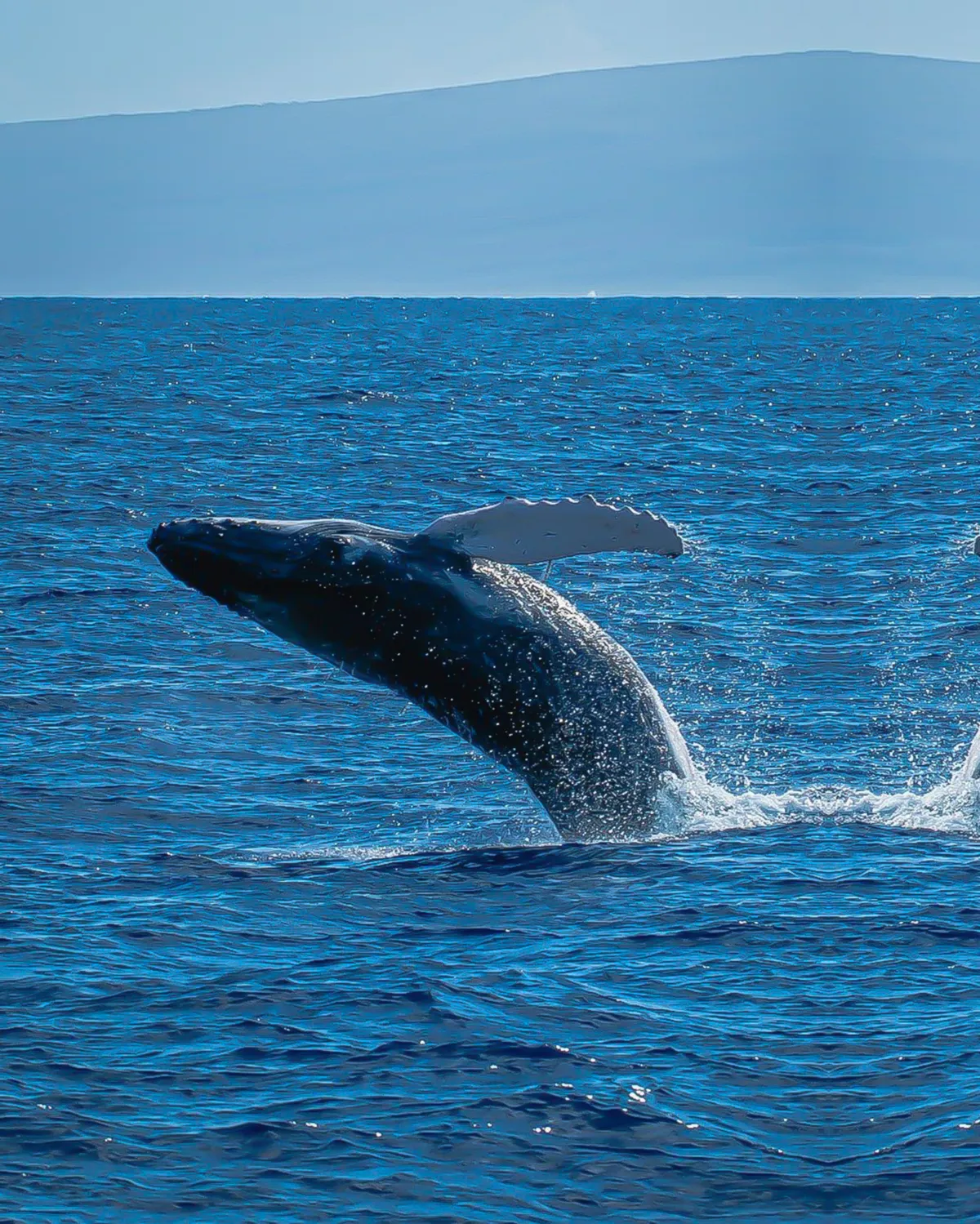
Pangolin protection, Mozambique – Gorongosa National Park
Poaching has almost sent the pangolin to an early grave, but a team in Gorongosa National Park, Mozambique, is doing valuable work to help save the species – opening a dedicated pangolin rehabilitation centre in 2018. In the past two years, wildlife vets and rangers have rescued more than 40 of these scaly little mammals – which must be kept under constant guard – as well as seizing dozens of tusks and leopard skins, resulting in the arrest and prosecution of numerous ivory and pangolin traffickers.
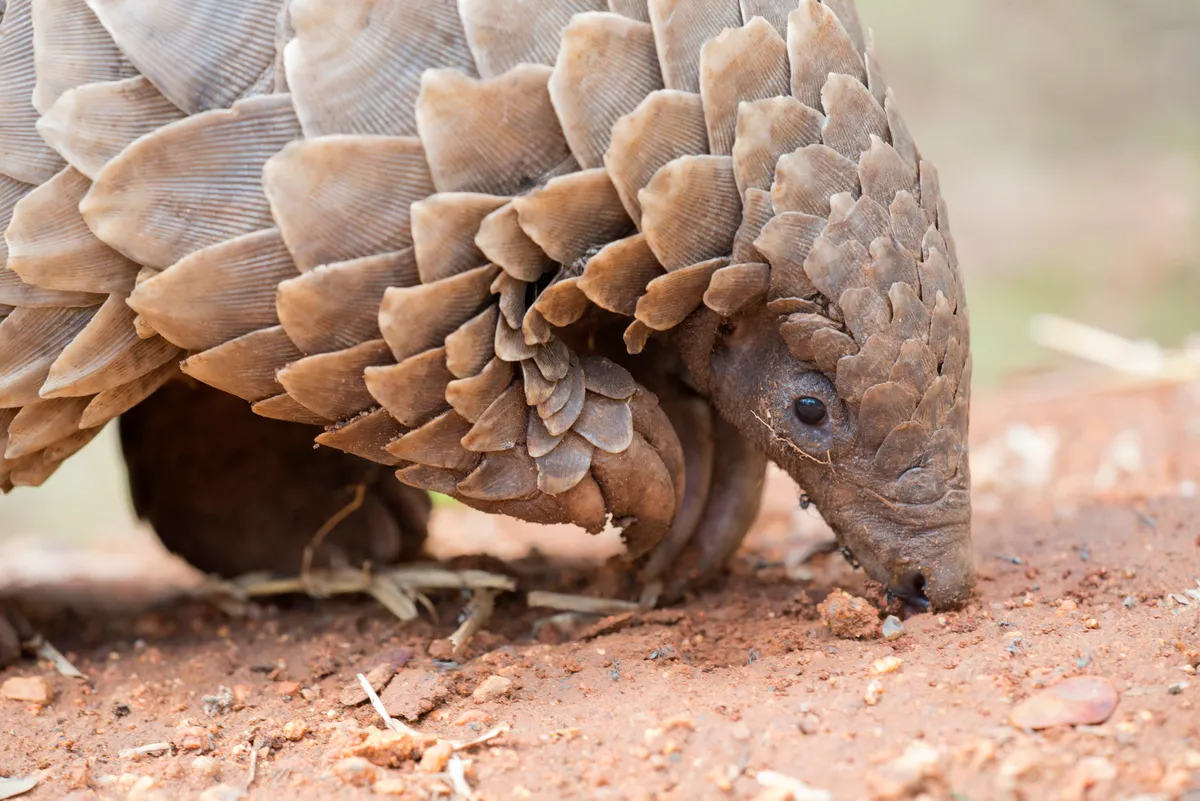
Gough Island sea bird project – RSPB
Nestling in the South Atlantic, Gough Island – part of the overseas territory of Tristan da Cunha – has been described as one of the most important seabird nesting sites in the world. This remote little island is home to an eye-popping 8 million breeding birds from at least 24 species, including the Tristan and Atlantic yellow-nosed albatrosses, MacGillivray’s prion and Atlantic petrel.
Gough’s birds, however, are under threat, a consequence of mice introduced during the 19th century, which prey on seabird chicks. Enter the RSPB, who, working with the Tristan da Cunha Government, has developed an ambitious programme – its biggest international project yet – to remove the mice from Gough and save at least two million seabirds each year. The organisation hopes to commence efforts in 2021.
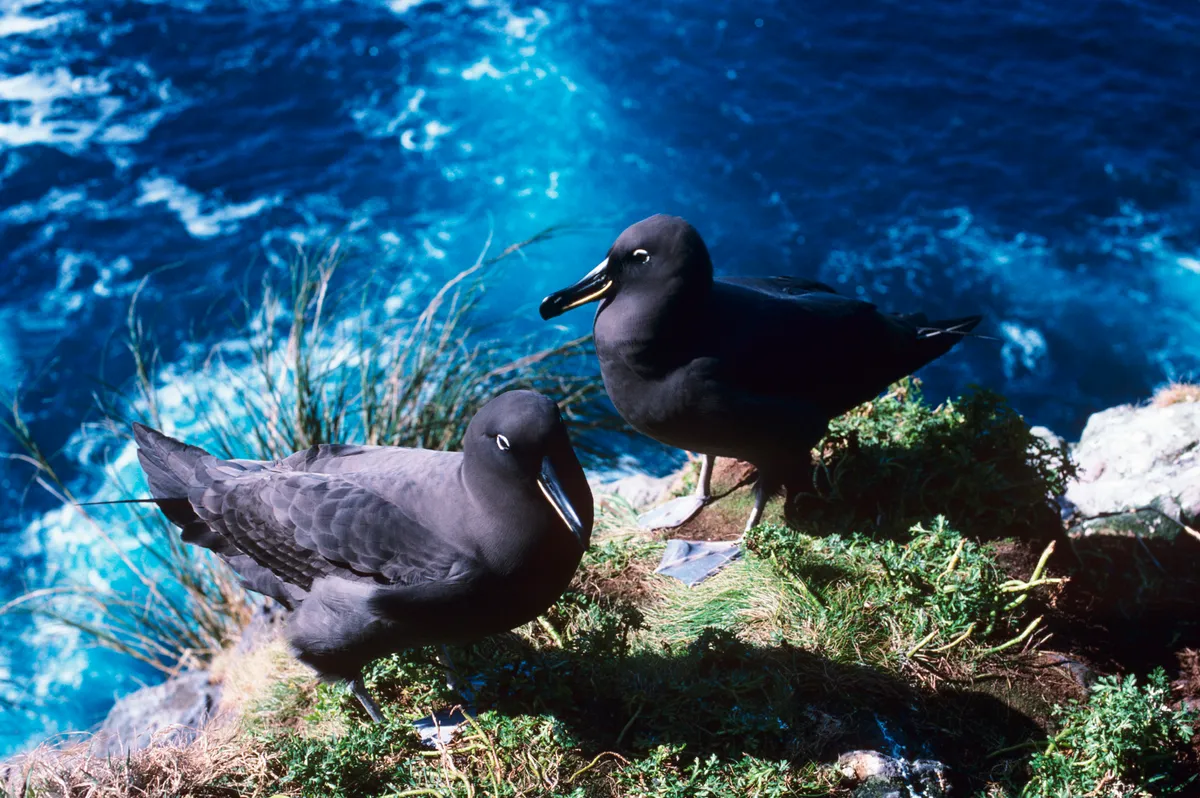
Hedgehog friendly campuses – BHPS
More than 80 UK universities have come together to create change for hedgehogs, thanks to the British Hedgehog Preservation Society’s Hedgehog Friendly Campus campaign. Staff and students have been installing hedgehog-crossing signs and nestboxes, organising litter- picks and carrying out surveys, and the campaign may roll out to schools and colleges in future.
“The initiative is fostering a new generation of hedgehog champions,” says project manager Jo Wilkinson, “giving staff and students the tools to make a real difference to a species vulnerable to extinction in Britain.”
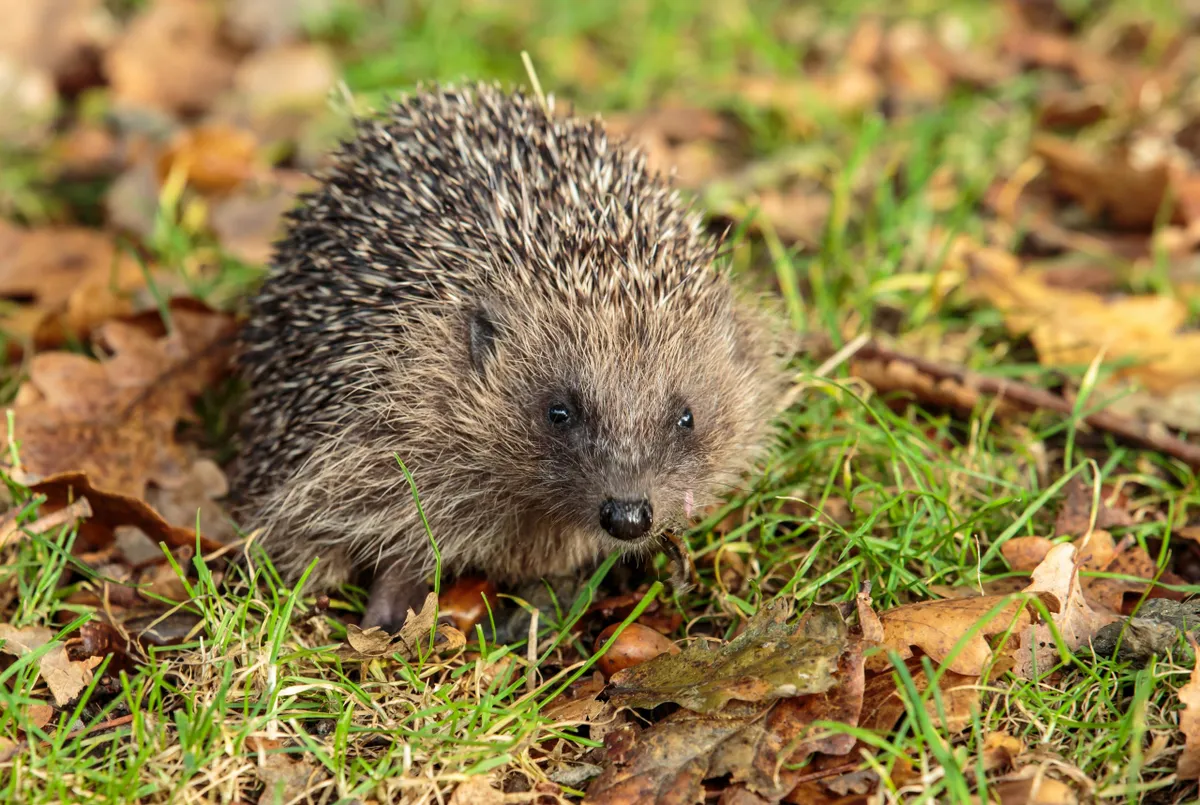
Wild dogs return to Bicaur and Mupa National Parks – ZSL
Angola may still be healing from a 30-year civil war, but its government has not lost sight of its rare species, working closely with the Zoological Society of London (ZSL) on conservation initiatives. ZSL is currently monitoring cheetahs and African wild dogs in 15 countries across Africa, with a particular focus on Angola, and the findings are positive: surveys have shown that, for the first time in 50 years, wild dogs are present in Bicaur and Mupa National Parks.
“Despite the obvious challenges, we have seen an astonishing focus by the Angolan government on conservation,” says Sara Elizalde, from the Angola field team. “Our surveys have been a real source of hope. We have found wild dogs in areas where we feared they had vanished, as well as viable cheetah populations. One survey even uncovered the first evidence of a cusimanse – a small mongoose – in more than 100 years.
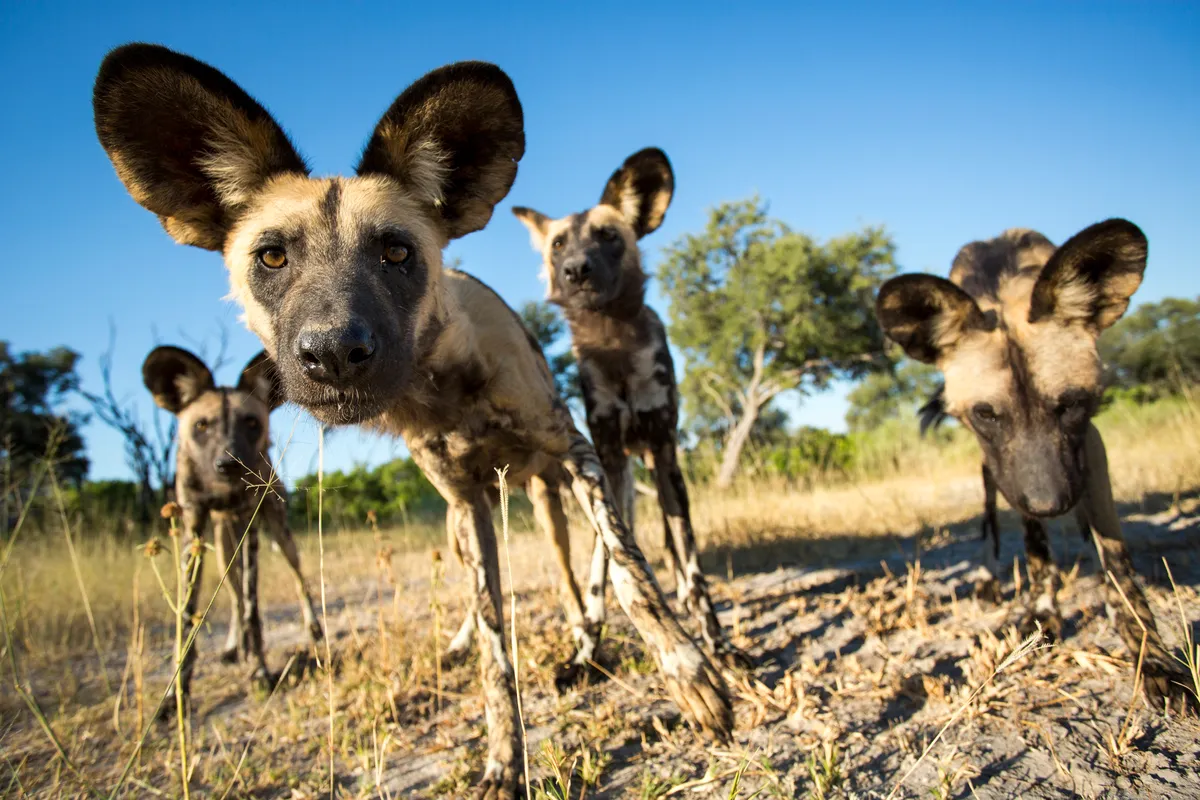
Learn more about African wild dogs:
Tasmanian devils – Aussie Ark
Australia is celebrating: for the first time in 3,000 years, the Tasmanian devil is back in the wild on the mainland. The species succumbed to competition from introduced dingos, and its return has been heralded by the release of 26 individuals into a sanctuary in New South Wales.
“In 100 years, we will look back at this day as setting in motion the ecological restoration of an entire country,” says Tim Faulkner of Aussie Ark, where the devils were captive-bred. “This is an animal that will engineer the environment around it, restoring and rebalancing our forest ecology.”
